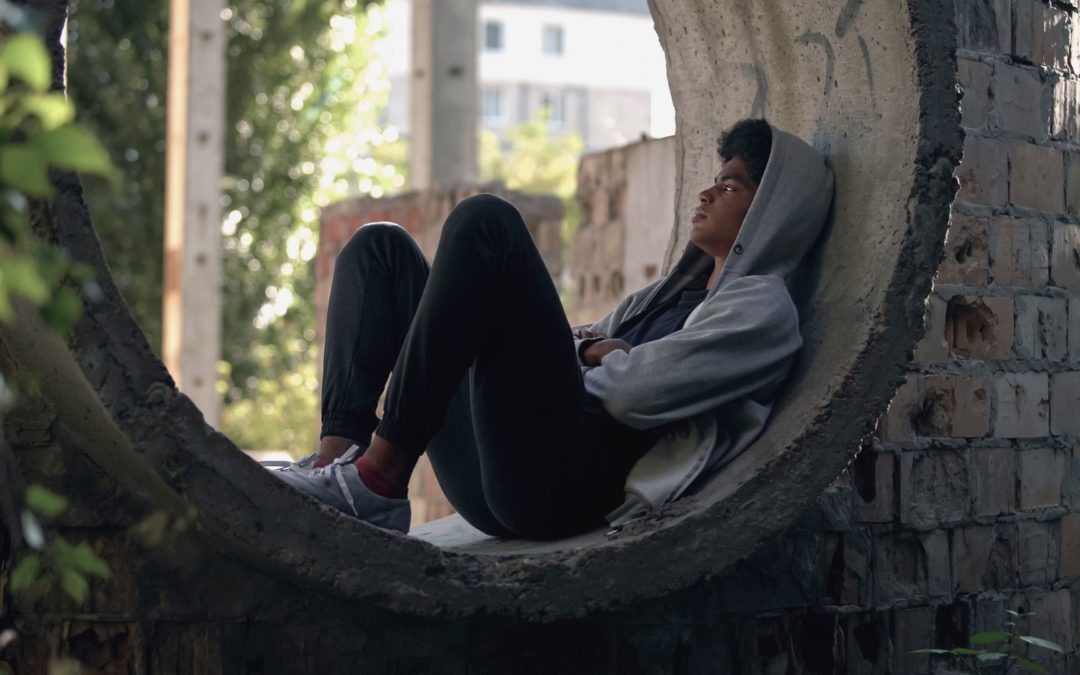Moving in with your partner is a step which signifies making a commitment to each other as well as a new stage in your relationship together. However, when your partner has children of her own, who will be living with you, you are also making a commitment to them. This is something which is not to be taken lightly, as you have to consider their feelings and wellbeing too.
Every single family in the world goes through periods of challenges and change. Where step families are concerned, there is another level of complexities to add into this, including potential conflict between step parents and children, jealousy between children, bonding issues, managing relationships with non-resident parents, insecurity, competition for parental approval and affection, favouritism or perceived favouritism, loyalty and feelings of disloyalty, different lifestyles and attitudes, and so forth.
As you bring together two families into one home, some of these issues may become more pronounced, but they can also be managed in a positive way if you approach moving in together in a step by step way.
Transitioning change
Moving in does not have to happen overnight. It can happen slowly and in stages and perhaps you have already started taking some of these steps. They can include you taking turns to all stay overnight at each others homes. After a while, everyone may even have their own little space in the other house where they all keep some essentials- so the children have some toothbrushes and pyjamas at your house, and you have yours at theirs.
This way the change is a gradual transition, and may help the eventual full move in together to not be such a complete unknown or shock.
You and your partner can also use all these little steps to naturally lead to a conversation about ‘what if we all had just one home where we all lived together and kept all our things?’
Do, try and make it a conversation to find out how they feel, rather than a decision you are telling them it is going to happen – the more involved the children feel, and the more you can take their feelings into account, they more they may approach the idea positively.
Where will you live?
The question of where, is an obvious consideration when deciding to live together. You may choose to move into one of your houses together, or you may decide to get a new home to start your life as a family. There are pros and cons both ways, so look at the options.
Families who choose to move into a new home together, often highlight the advantages in the new environment enabling it to become ‘their’ home. After all, you can choose somewhere which suits your new family – with enough bedrooms, or a good room layout, or being located somewhere which is an equal distance to all the various schools and work, etc.
Having an unclaimed and new space, where no areas or rooms already have significant or ‘belong’ to anyone, and where you can all find your place, also definitely has its advantages.
However, you may find that children are strongly attached to their old family home, and they can be deeply upset about leaving it, and friends why may have had nearby. So be aware that it can create uncertainty for them which you and your partner will want to consider how you will support them to manage these in advance.
One thing to also bear in mind is that if you move house, that the children will be dealing with two huge life changes at once, you joining their family, and the move. This is not a reason to not do it, but to be aware that it might be a cause of some unsettlement for a while.
Don’t assume, keep talking
Becoming a family and all living together, may be the obvious choice for you and your partner, but be aware, that while you might feel like this, it may still come as a shock to the children. They may feel very differently to you being around a lot, to you officially living with them all the time.
It is important for you and your partner to always try to keep the lines of communication open with the children, as you want them to be able to come and talk about any worries or questions they may have throughout the changes in your family life – if they feel left out of the loop early on, they may not be open to communicating with you later on, when you really need them to.
Protect personal space and possessions
Wherever you decide to live, you should make sure that there are no dramatic changes or eradication of the evidence of a previous life, until the children are ready to make such changes. Your step children do have a history, and they need to be able to feel that this is ok, and your arrival into the family is not devaluing this and changing absolutely everything.
Photographs should not be taken down, even if they include your partner’s ex. You may want to add some others of your own, which is fine, but try not to displace ones which the children might feel are important. You will want to make space for yourself in the family, and you should, but it is also important to recognise that the children may need and want to have reminders of their previous family and their other parent – this is part of their identity.
Make sure that any children who live with you, whether it be full time or for visits, have some personal space of their own – a place they know they can go to and keep their things. It doesn’t have to be a room of their own (although if you can do this, it is fantastic) but they should feel they have ‘their’ space, as this literally gives them a place in the family home, and shows that they are important.







